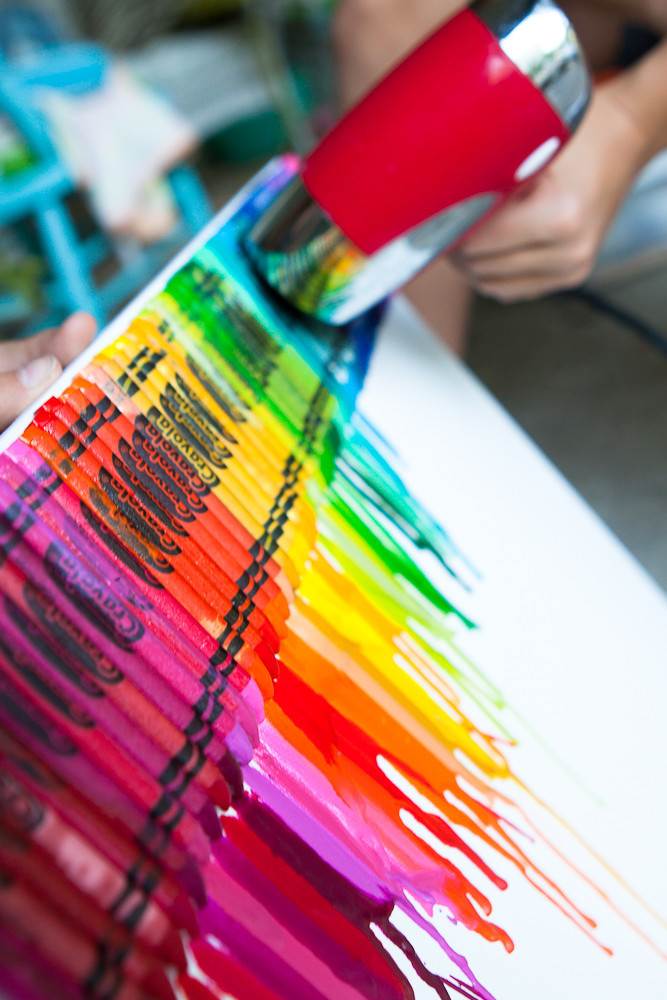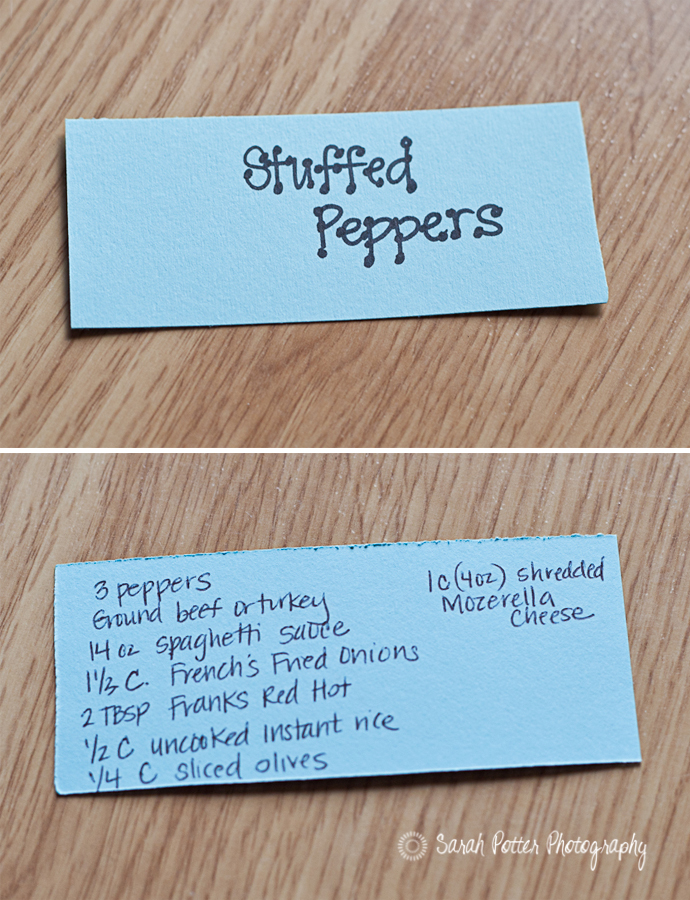Heatstroke can be the serious and often fatal result of a dog's
prolonged exposure to excessive heat. Below are the signs of heatstroke and the
actions you should take if your dog is overcome.
Early Stages:
•
Heavy panting.
•
Rapid breathing.
•
Excessive drooling.
•
Bright red gums and tongue.
•
Standing 4-square, posting or spreading out in an attempt to maintain
balance.
Advanced Stages:
•
White or blue gums.
•
Lethargy, unwillingness to move.
•
Uncontrollable urination or defecation.
•
Labored, noisy breathing.
•
Shock.
If your dog begins to exhibit signs of heatstroke, you should
immediately try to cool the dog down:
•
Apply rubbing alcohol to the dog's paw pads.
•
Apply ice packs to the groin area.
•
Hose down with water.
•
Allow the dog to lick ice chips or drink a small amount of water.
•
Offer Pedialyte to restore electrolytes.
Check your dog's temperature regularly during this process. Once the
dog's temperature has stabilized at between 100 to 102 degrees, you can stop
the cool-down process.
If
you cannot get the dog cooled down and you begin to see signs of advanced
heatstroke, take the dog to the veterinarian immediately.
-Content Credit: http://www.akc.org/public_education/summer_safety.cfm




















